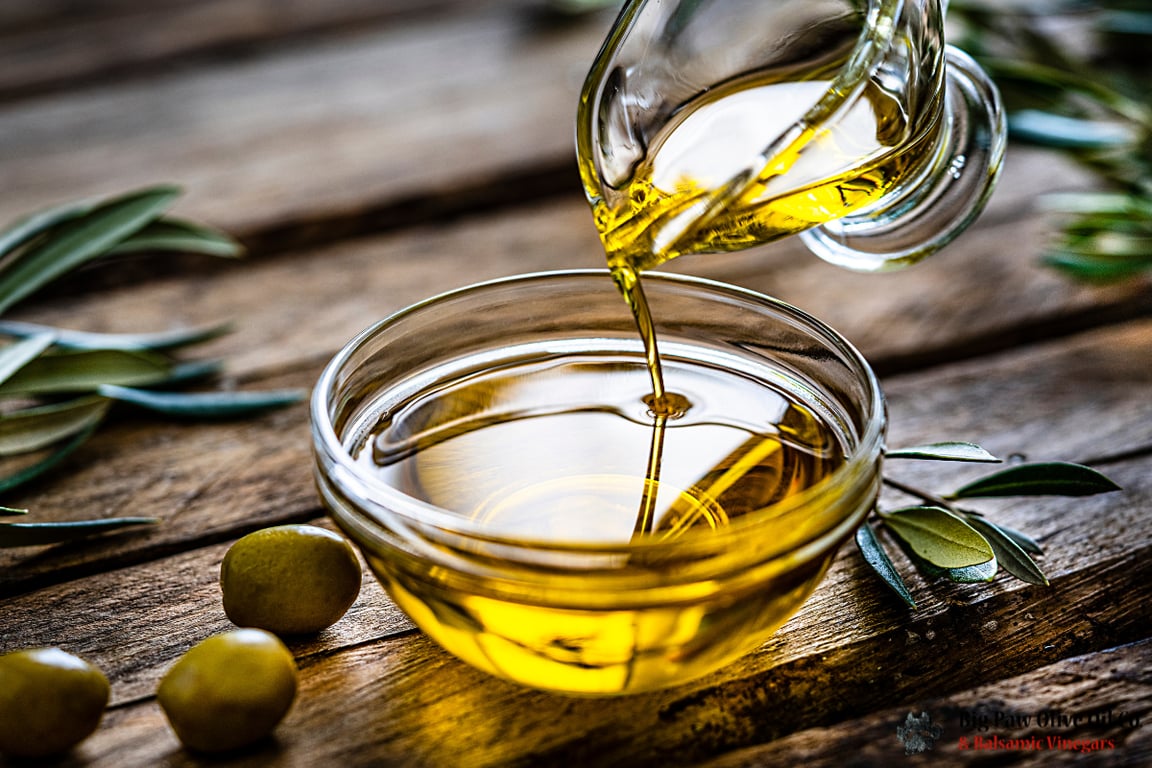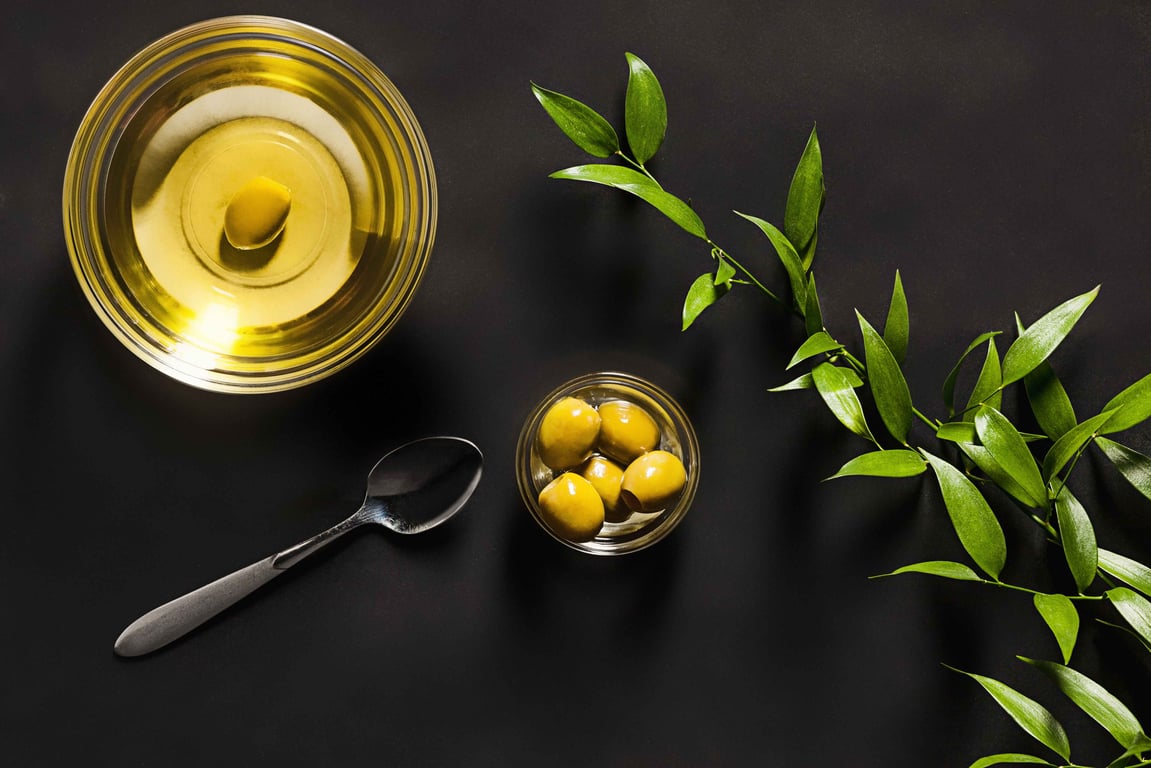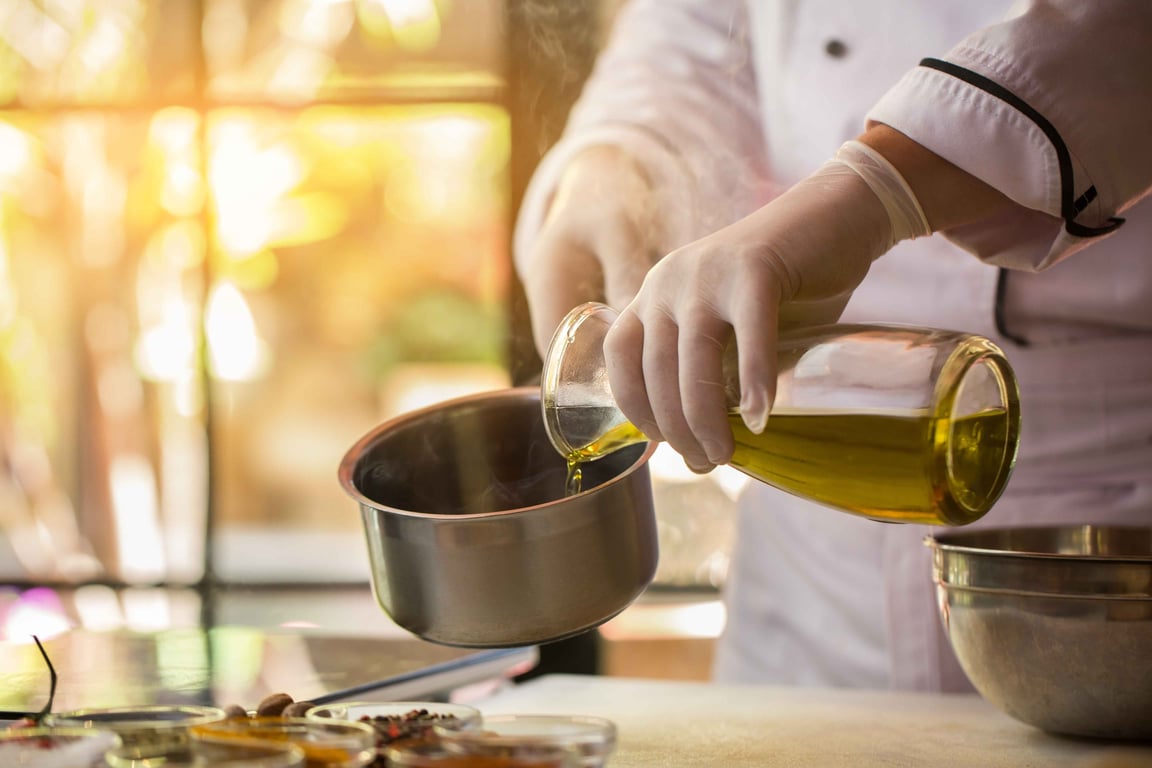What is the Smoke Point of Extra Virgin Olive Oil

When cooking with olive oil, one of the most frequently asked questions is about its smoke point—the temperature at which the oil begins to smoke and break down. Understanding the smoke point of extra virgin olive oil (EVOO) helps you know when to use it for sautéing, frying, roasting, or drizzling over finished dishes. Despite myths suggesting that olive oil shouldn’t be used for cooking, the truth is that high-quality EVOO performs remarkably well under heat while adding rich flavor and health benefits to your meals.
Why Does Olive Oil’s Smoke Point Matter?
The smoke point is crucial because it determines how stable an oil remains when heated. Once oil reaches its smoking temperature, it begins to release free radicals and unwanted compounds that affect taste and nutritional value. Using an oil beyond its smoke point can give food a burnt flavor and produce unpleasant fumes.
For olive oil, the smoke point also depends on factors like quality, refinement, and freshness. Extra virgin olive oil, being the least processed and most flavorful variety, typically has a smoke point that’s ideal for everyday cooking rather than deep-frying at extremely high temperatures.
What Is the Smoke Point of Extra Virgin Olive Oil?
The smoke point of extra virgin olive oil ranges between 375°F and 410°F (190°C–210°C). This variation exists because the smoke point depends on several aspects, including the olive variety, harvest time, and filtration method. Premium EVOOs with low free fatty acid content tend to have a higher smoke point and maintain stability longer during cooking.
This range comfortably covers most home cooking methods—such as sautéing vegetables, baking, and pan-searing meats—without causing the oil to burn. Contrary to popular belief, extra virgin olive oil can absolutely be used for cooking; it doesn’t need to be reserved only for salad dressings or cold dishes.
Factors That Affect Olive Oil’s Smoke Point
Purity and Processing:
Unrefined oils like EVOO retain natural compounds and antioxidants, which can lower the smoke point slightly compared to refined oils. However, these antioxidants help the oil resist oxidation and make it healthier overall.
Freshness and Storage:
Fresh olive oil performs better under heat. Exposure to light, air, and warmth over time can degrade quality and reduce its smoke point. Always store olive oil in a cool, dark place in a tightly sealed bottle.
Moisture and Impurities:
Tiny bits of olive fruit or water residues can reduce the smoke point. Filtered oils generally handle heat better.
Type of Olive Oil:
Refined or “light” olive oils have a higher smoke point—around 465°F (240°C)—because they’re processed to remove impurities. However, they also lose some flavor and health benefits in the process.
Comparing Smoke Points: EVOO vs Other Oils
Here’s how extra virgin olive oil stacks up against other popular cooking fats:
| Oil Type | Approximate Smoke Point (°F) |
|---|---|
| Extra Virgin Olive Oil | 375–410°F |
Avocado Oil | 480°F |
Coconut Oil | 350°F |
| Canola Oil | 400°F |
| Butter | 300°F |
As you can see, EVOO offers a balanced midpoint—it withstands enough heat for most cooking methods while delivering rich, distinctive flavor. Its combination of moderate smoke point and powerful antioxidants makes it versatile for everything from roasting vegetables to pan-searing chicken.
Can You Cook or Fry with Extra Virgin Olive Oil?
Yes, you can absolutely cook and even shallow-fry with extra virgin olive oil. Its smoke point comfortably supports most stovetop and oven uses. For deep frying, some prefer refined olive oil or avocado oil due to their slightly higher temperature tolerance, but EVOO remains an excellent option for everyday cooking.
Using extra virgin olive oil adds flavor complexity and healthy monounsaturated fats, making it one of the best oils for both taste and nutrition. It’s ideal for high-heat applications up to about 400°F, such as roasting potatoes, sautéing seafood, or preparing pasta sauces.
The smoke point of extra virgin olive oil makes it far more adaptable than many assume. With a stable range of 375°F–410°F, it’s suitable for nearly all home cooking needs—whether you’re searing, roasting, or baking. Choosing a high-quality, fresh EVOO ensures better heat resistance and superior flavor.
If you’re looking for premium extra virgin olive oil for cooking and drizzling, check out our curated collection of fresh, cold-pressed olive oils sourced from top Mediterranean producers.
Frequently Asked Questions
Q: What does the smoke point of oil mean?
A: It’s the temperature at which oil starts to smoke and degrade, releasing unpleasant odors and altering taste.
Q: Is extra virgin olive oil safe for frying?
A: Yes. As long as temperatures stay below 400°F, EVOO performs well for frying and sautéing.
Q: Why do some people say not to cook with EVOO?
A: This misconception stems from confusion about its smoke point. High-quality EVOO can handle typical cooking heat without breaking down.
Q: How can I tell if my olive oil is overheating?
A: If you see faint smoke or smell a sharp, acrid odor, it’s time to reduce the heat immediately.
Q: What’s the best olive oil for high-heat cooking?
A: Refined or “light” olive oil has the highest smoke point, but extra virgin olive oil remains a better balance of flavor, nutrition, and stability for most uses.


 Fax : 1-973-799-0901
Fax : 1-973-799-0901 Call us now: +1 408-464-9048
Call us now: +1 408-464-9048




